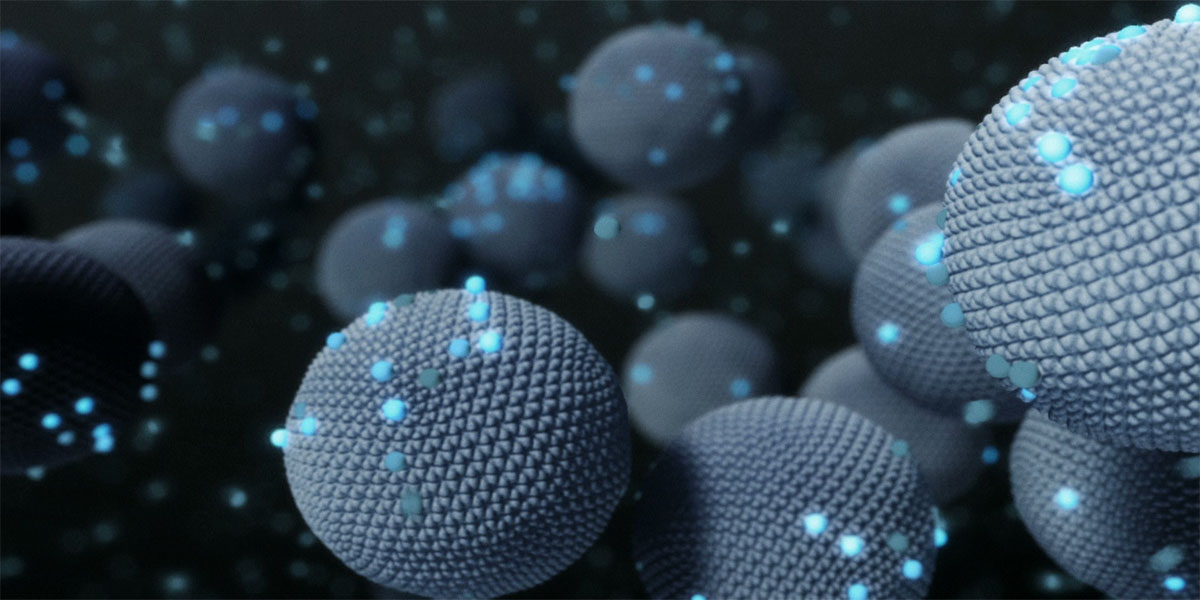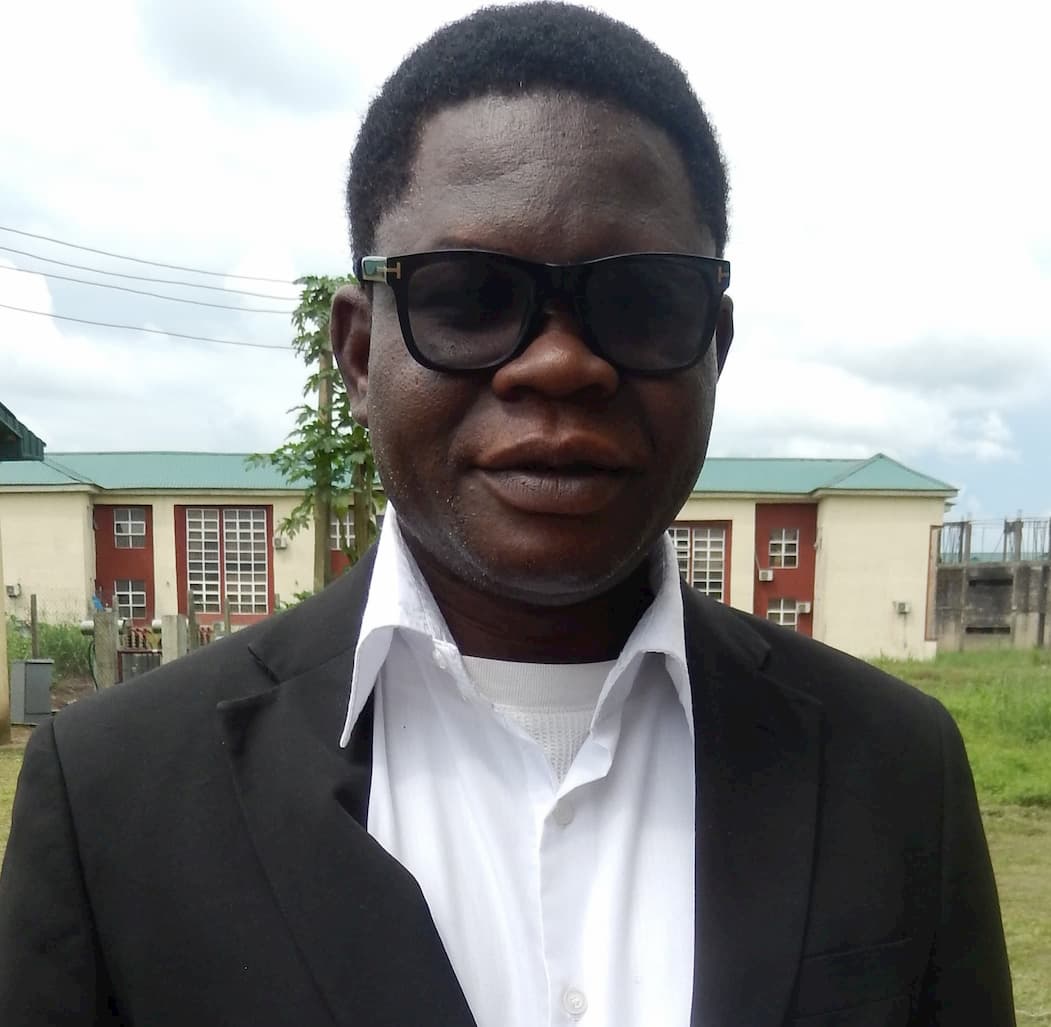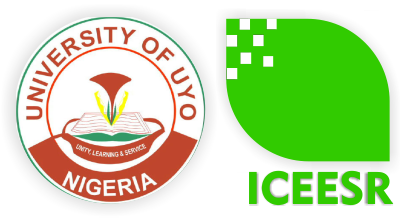
Materials and Nanoscience
The materials and nanoscience (M&N) group is primarily focused on the study and development of new coordination compounds, applications and crystallographic studies of metal organic frame works (MOFs), chemical processes in nanomaterials growth, unique properties of nanosystems, novel in-situ characterisation techniques and applications of nanomaterials.
We are also interested in the dynamics of catalyst contamination, fluid catalytic cracking (FCC) technology,biological activity of coordination compounds with antioxidant and mosquito larvicidal properties. Moreso, integration of nanomaterials with biomass and minerals via chemical and biological routes in addition to surface functionalisation for specific environmental waste streams is actively explored.
The highly interdisciplinary and encompassing nature of the group supports and welcomes contributions from engineers, microbiologists, botanists, industry experts as well as soil scientists. This has opened up vistas of opportunities and innovation into this emerging research landscape.
One of the group’s strength is its extensive collaboration networks both within Nigeria and the international scientific community through Chemistry Department at University of Johannesburg, Lancaster Environment Centre at Lancaster University, State Key Laboratory of Heavy Oil processing at China University of Petroleum (East China) and the International Environmental Research Centre at Gwangju Institute of Science and Technology (GIST) South Korea, etc. to drive our mandate of achieving goal six of the United Nations Sustainable Development Goals (SDGs)
Nanotechnology and material science lie at the centre of many challenges facing society today, from energy to health, water to agriculture which stimulates our work in the M&N group. Most of our research have global relevance and have attracted funding supports from many organisations such as the TETfund, American Chemical Society (ACS), United Nations Office for South-South Co-operation, etc.
-
- Performance evaluation of clay nanocomposites for the treatment of produced water in Oil and Gas Industry (funded by TETFUND IBR 2019)
- TETFUND Institutional based research grant 2016
- Utilization of Waste streams for the development of novel products for agricultural and industrial application, in Nigeria. Sponsored by United Nations University-Gwangju Institute of Science and Technology Joint Programme on Sustainability in 2014
- Synthesis, characterization and biological activity studies of antimalarial and antitubercular drug metal complexes at the World Bank/STEP-B Project Research Laboratory of at the University of Ilorin, Nigeria, (2008 to 2013)
-
 Team leader
Team leader
Dr. Atim Johnson
Senior Lecturer, Inorganic Chemistry
Contact: atimjohnson@uniuyo.edu.ng atimjohnson@gmail.com +2347084530456

Dr. Nzikahyel Simon
Lecturer, Inorganic/Crystallographic Chemistry

Solomon S. Enejo
Lecturer and Doctoral Student in Analytical/Environment Chemistry
Contact: shaibusolomon@uniuyo.edu.ng shaibusolomon@gmail.com +2347038521971

Victor F. Ekpo
Lecturer, Industrial/Polymer Chemistry
Contact: victorekpo@uniuyo.edu.ng +23409037437671

Patricia Uwa
Ph.D Research Student, Inorganic Chemistry
Contact: patriciaekpo1@gmail.com +2347068015187
-
2019
- Atim Johnson & Patricia Uwa (2019). Eco-friendly synthesis of iron nanoparticles using Uvaria chamae: Characterization and biological activity, Journal of Inorganic and Nano- Metal Chemistry, DOI: 10.1080//24701556.2019.1661448
- Ekpoudo, U., Lawal, A. And Johnson, A. (2018). World Journal of Applied Science and Technology, Vol. 10 No. 1 (2018). 50 - 53
2018
- U. J. Etim, Bai, P., Ullah, R., Subhan, F., & Yan, Z. (2018). Vanadium contamination of FCC catalyst: Understanding the destruction and passivation mechanisms. Applied Catalysis A: General, 555, 108-117.
- Shaibu, S.E., Etim, U. E., Simon, N., Efiong, N. E., Ahmed, S. S., Obuye, F. and Matthew, N. B. (2018). Silver Nanoparticle Supported On Sugar Cane Bagasse Activated Carbon: Synthesis and Characterization. World Journal of Applied Science and Technology. 10 (1). 74 – 77
- Enemose E.A., Simon, N., Shaibu S. E. Osunniran, W. C. and Nworu, J. S. (2018). Metal (II) of (5z) -5-(3,4,5-Trimethoxyphenylmethylene) -4h- Pyrimidine -2,4 –Diamine Mixed with 1,10 –Phenanthroline. World Journal of Applied Science and Technology. (10) 1, 54 – 56
- Emmanuel Dan, Kayode Fatunla and Solomon Shaibu. (2018). Influence of Abattoir Wastes on Soil Microbial and Physicochemical Properties. Asian Journal of Chemical Sciences, 5(1): 1-17
- Shaibu S. E. (2018). ACS Nigeria chapter hosts symposium in Uyo. Chemical and Engineering News (C&EN), 96(25), 1 – 40
2016
- U.J.Etim, P Wu, P Bai, W Xing, R Ullah, F Subhan, Z Yan. (2016). Location and Surface Species of Fluid Catalytic Cracking Catalyst Contaminants: Implications for Alleviating Catalyst Deactivation. Energy & Fuels 30 (12), 10371-10382.
- U.J. Etim, Benjing Xu, Zhen Zhang, Ziyi Zhong, Peng Bai, Ke Qiao, Zifeng Yan (2016). Improved catalytic cracking performance of USY in the presence of metal Contaminants by post-synthesis modification. Fuels 178 (2016) 243–252.
- U.J.Etim, B.Xu, P.Bai, Rooh Ullah, F. Subhan, Z.Yan (2016). Role of nickel on vanadium poisoned FCC catalyst: A study of Physiochemical properties. J. Energy Chem. 25: 667-676.
- E. Inam, U.J.Etim, E.G.Akpabio, S.A.Umoren (2016). Simultaneous adsorption of lead (II) and 3,7-(Bisdimethylamino)-phenothiazin-5-ium chloride from aqueous solution by activated carbon prepared from plantain peels. Desalination and Water treatment, 57 (14) 6540-6553.
- Johnson, A., Iniama, G., Salman, Q., Zahid H., Sammer, Y., Wan-Sin, L., Hoong-Kun, F 2016). Synthesis, structure determination, and biological activity 4 bis(3,5-Diamino-1,2,4- Triazolium-Bis(Pyridine-2,6- Dicarboxylato)Zincate(II)Tetrahydrate[(C2H6N5) 2+ Zn(Dipic)22].4H2O World Journal of Applied Science & Technology. 8(2):178-187
- Obaleye, J. A.; Tella, A. C.; Obiyenwa, G. K.; Simon, N. and Olawale, M. D. (2016). Zinc(II) Complex of Meso-Tetraphenylporphyrin With 4-Methoxyaniline: Crystal Structure and Antimicrobial Activities of 4-Methoxyaniline-5, 10, 15,20-Tetraphenyl-Porphyrinatozinc (II), S**ynthesis and Reactivity in Inorganic, Metal-Organic, and Nano-Metal Chemistry.** 46(4): 589-59. (UK)
- Tella, A. C.; Owalude, S.O.; Simon N. and Arise, R. O. (2015). Solid-state synthesis of isostructural tetrachlorometallate salts of amodiaquine: crystal structure of [CdCl4][c20h24cln3o]. Medicinal Chemistry Research. 24: 3949–3957. (USA)
2015
- Iniama, G.E., Olarele, O.S. and Johnson, A. S (2015). Synthesis, spectral characterization and antimicrobial activity of manganese (II) and copper (II) complexes of alicyladehydephenylhydrazone. International Journal of Chemistry and Applications. 7(1):15-1
- Atim Johnson, Justina Mbonu, Zahid Hussain, Wan-Sin Loh and Hoong-Kun Fun (2015) Crystal structure of bis-(3,5-diamino-1,2,4-triazolium) tetraaqua cobalt (II) di-bis- (pyridine-2,6-dicarboxylato) cobaltate (II) dehydrate. Acta Cryst. E71, m139–m140
- Udousoro, I. I., Umoren, I. U., Izuagie, J. M., Ikpo, C. U., Ngeri, S. F., & Shaibu, S. E. (2015).Soil Invertebrates as Bio-Monitors of Toxic Metals Pollution in Impacted Soils. Current World Environment, 10(2), 367
- Simon, N.; Obaleye, J. A. and Eke, U. B. (2015). Synthesis and characterisation of some transition metal complexes of 2-(dibutylamino)-1-[(9z)-2,7-dichloro-9-(4-chlorobenzylidene) -9H- fluoren-4-yl] ethanol. World Journal of Applied Science and Technology. 7(2): 200- (Nigeria)
2014
- Johnson, A. S., Obot, I.B., Ukpong,, U. S. (2014). Green synthesis of silver nanoparticles using Artemisia annua and Sida acuta leaves extract and their antimicrobial, antioxidant and corrosion inhibition potentials. J. Mater. Environ. Sci. 5(3) 899-906
- Atim Sunday Johnson, Zahid Hussain, Muhammad Perviaz, Syed Arif Kazmi, Ededet Akpan Eno and Offiong E. Offiong (2014). Kinetics and Mechanism of Reduction of Iron (III) Kojic Acid Complex by Hydroquinone and L-Cystein. J. Chem. Soc. Pak., Vol. 36, No. 4, 576-581
- Shaibu S. E., Adekola, F. A., Adegoke, H. I., Ayanda, O. S., (2014). Comparative study of the adsorption of methylene blue onto synthesized nanoscale manganese- bamboo and zero-valent iron-bamboo composites. Materials, 7(6), 4493-4507; doi:10.3390/ma7064493
- Obaleye, J. A.; Tella, A.C.; Osunniran, W.A.; Simon, N. and Omojasola, P.F. (2014). Synthesis, Characterization, Crystal Structure and Antimicrobial Evaluation of a Novel –M–X–M–X– Type Infinite Chain 1D Cu(II) Complex with Eflornithine Hydrochloride Hydrate as Ligand. Journal of Inorganic and Organometallic Polymers and Materials. 24(5): 827-835. (USA)

